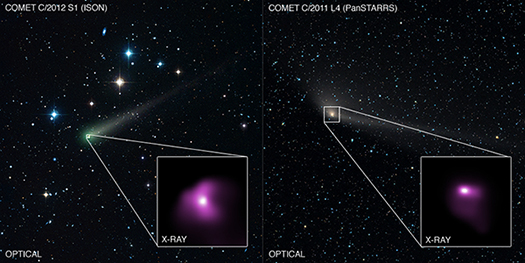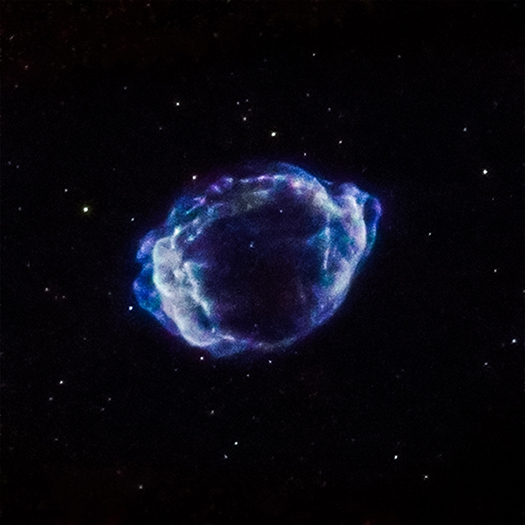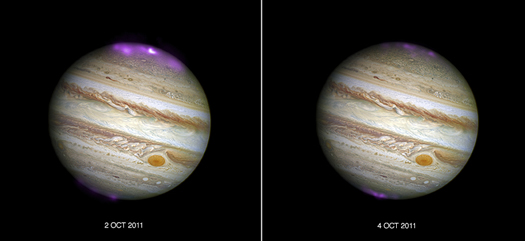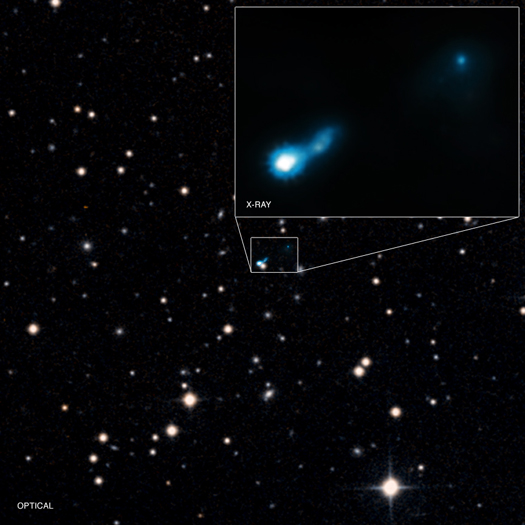Chandra Movie Captures Expanding Debris From a Stellar Explosion
Submitted by chandra on Thu, 2016-05-12 09:52
When the star that created this supernova remnant exploded in 1572, it was so bright that it was visible during the day. And though he wasn't the first or only person to observe this stellar spectacle, the Danish astronomer Tycho Brahe wrote a book about his extensive observations of the event, gaining the honor of it being named after him.












